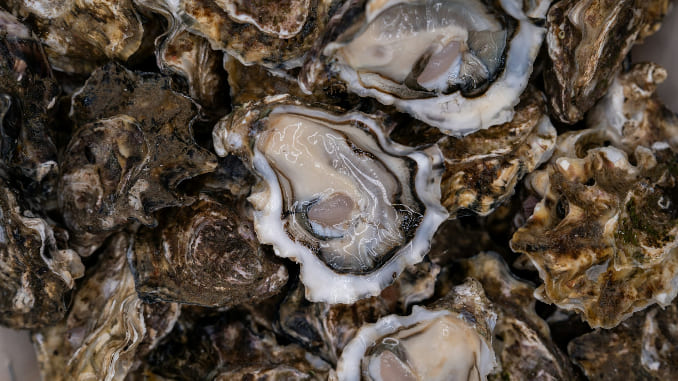Tasting My Way Through Hiroshima’s Oyster Scene
Photo by Mitili Mitili/Unsplash
Like a lot of food-inclined folks, I’ve been obsessed with oysters recently. Although they’ve certainly been a beloved seafood staple for decades, you’ve probably noticed that oysters are having a moment. I’ve even seen some people go as far as to say that oyster and martini culture has become the new “epic bacon.” Sounds like the kind of thing someone who hasn’t enjoyed a nice, briny, mop-water-filthy dirty martini while slurping down some fresh oysters on the half shell with lemon and horseradish would say. Oysters are an ideal companion to a good drink, especially a martini. They’re nutrient dense, but not so filling that you’d get full from eating them and they’re tasty but usually subtle enough that they don’t overpower the flavor of the shaken or stirred delight in your glass.
So, when planning an extended stay in Japan, I was delighted to find that my first destination has been a haven for oyster lovers for ages. Hiroshima is in an enviable location: Perched on Japan’s Seto Inland Sea, surrounded by mountains and pierced by multiple converging rivers, this river delta town is rich with regional delicacies. Reports of oyster consumption in the area date back centuries, but production in the area exploded after World War II. Today, Hiroshima produces about 60% of Japan’s oysters, partially because farming these tasty mollusks is made easy thanks to the Inland Sea’s relatively calm waters. It’s also because the rivers that cut through the city and empty into the bay bring plenty of nutrients with them, giving Hiroshima oysters their rich, strong flavor and large size.
If you’ve been to Hiroshima or the nearby island of Miyajima, it’s clear that Hiroshima isn’t just Japan’s oyster capital because of its production of the bivalve. Tourist destinations and local spots alike sell them prepared any number of ways. I was surprised to find that the go-to way to consume oysters in Miyajima isn’t raw, but grilled. Many stands will shuck the oyster before grilling it on the half shell over an open flame. A majority of the grilled or steamed oysters I saw were either served plain or with a lemon wedge, but some shops went further, adding ingredients like butter and miso into the mix, which I definitely preferred to the plainer versions. These flavorful accoutrements make for great ways to acquaint yourself with the flavor of Hiroshima oysters. Thanks to all those nutrients in the Hiroshima bay, they’re much heartier and more flavorful than the oysters I’ve had in the U.S. Loaded with tons of umami and brine but still plump, juicy, and creamy, I can see why they’re known all over Japan.
Personally, I still prefer oysters raw. Sucking down a raw oyster is a distinctly refreshing experience, one that’s hard to explain to someone who’s never had one. The light, salty, milky flavor just hits the spot, especially when it’s accompanied with a lemon. Actually, Hiroshima is also known for its citrus, especially Setouchi lemons. These tasty lemons tend to be organically grown and have become increasingly popular within the country In fact, Hiroshima produces the most lemons of any prefecture in Japan.